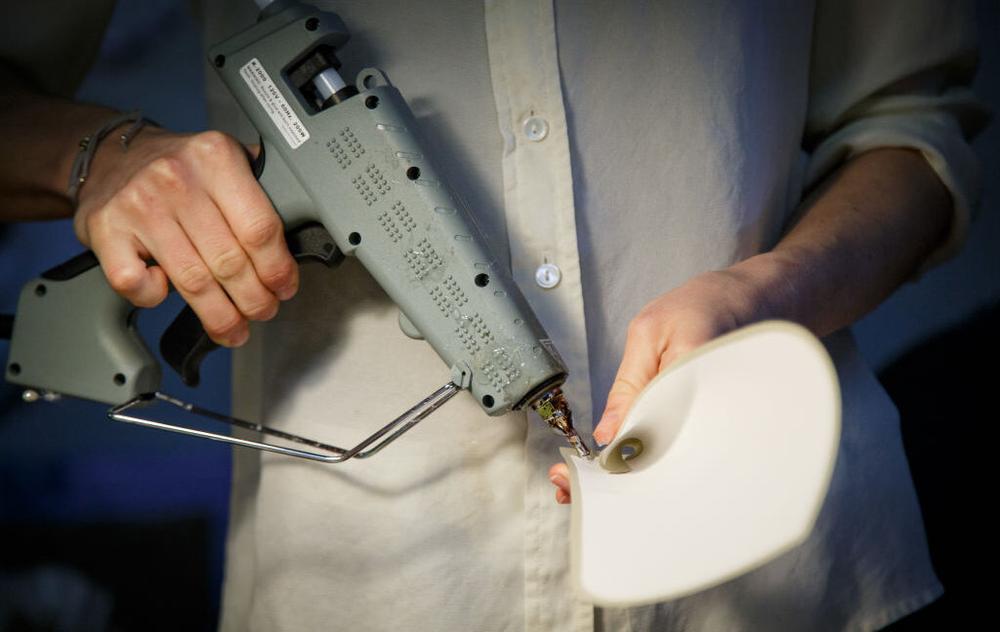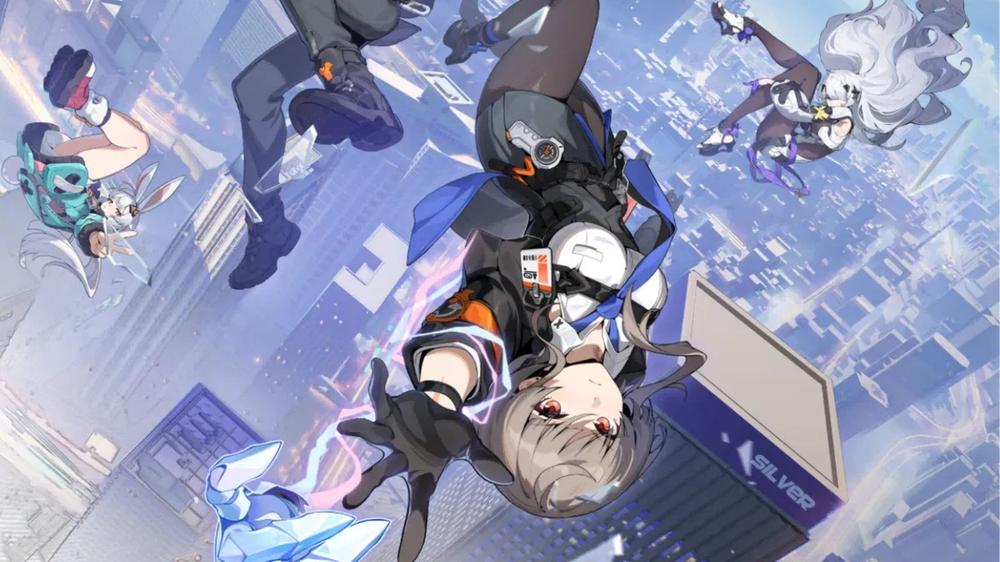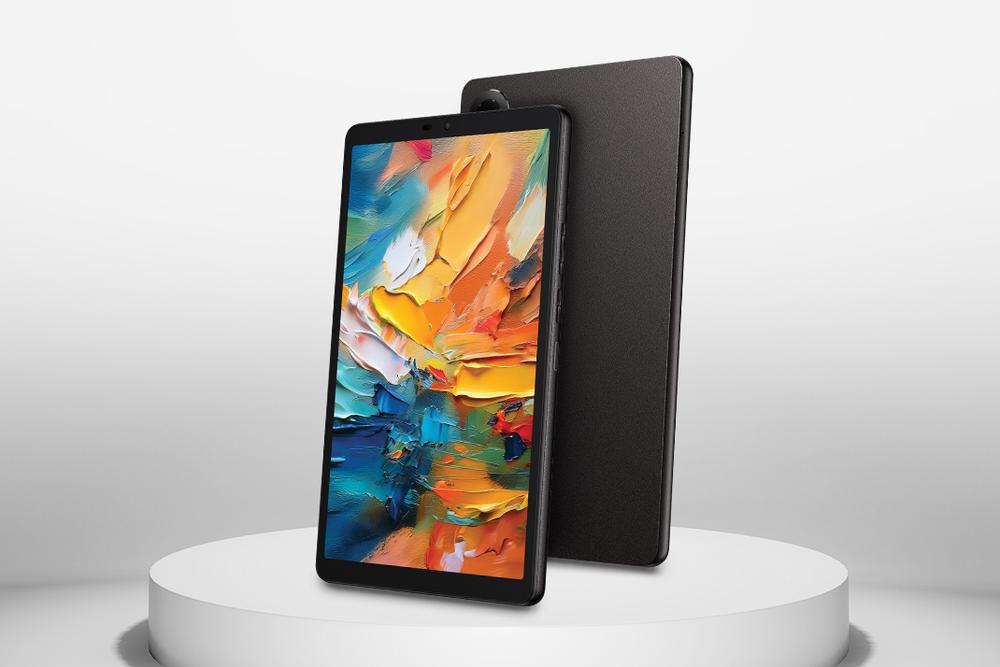Most guns are tools for doing harm, but a team of American and Korean scientists has developed one that does the opposite, helping to patch up bone injuries. It comes a bit short of the Medigun from Team Fortress 2 or Ana’s Biotic Rifle, which featured in Overwatch. But it’s probably one of the first shots we have at making healing guns real.
3D printing on the fly
In more complex bone problems like severe, irregular fractures or resections done as part of bone cancer treatment, the bone won’t heal on its own. The most common means of stabilizing the injured site and making recovery possible is metal-based grafts, implants usually made with titanium alloys.
The problem with such implants is that they are difficult and expensive to manufacture, and it’s very hard to make them patient-specific. “3D printing has been highlighted as a novel approach to make such personalized implants, but this also requires substantial time and money,” said Jung Seung Lee, a biomedical engineering researcher at the Sungkyunkwan University in Korea. So his team wanted to find a way to make bone implants that would be faster and cheaper than a 3D printer.
What they came up with was a modified glue gun. The idea was to make the implant right at the injured site during surgery. The surgeon would point the bone-healing gun at the fractured bone, pull the trigger, and create a stabilizing scaffold by extruding a filament that would solidify in the fracture and hold the bone together. “It was basically a tweaked commercially available hot glue gun. We modulated the temperature, and by adjusting the tip module, we could control the resolution of the extruded scaffold,” Lee said.
Coming up with the gun design, though, was the easy part. The hard part was figuring out the ammo.
Bone-healing bullets
A hot glue gun is usually loaded with a solid stick of adhesive that is melted in the device and extruded through the tip. Making a stick that could heal bones was quite a challenge for several reasons. First, there was the temperature problem. Most adhesive sticks need to heat up to well over 100° Celsius before they start to melt. Extruding anything that hot right onto living tissue would cause a lot of damage. Second, once the material solidified, it needed to have mechanical properties comparable to a natural bone. Third, Lee’s team wanted their scaffolds to degrade over time and be replaced with regrowing bone tissues.
After examining a few candidate formulations, the team found the right material. “We used a biocompatible thermoplastic called polycaprolactone and hydroxyapatite as base materials,” Lee said. Polycaprolactone was chosen because it is an FDA-approved material that degrades in the body within a few months after implantation. The hydroxyapatite, on the other hand, supports bone-tissue regeneration. Lee’s team experimented with various proportions of these two ingredients and finally nailed the formulation that checked all the boxes: It extruded at a relatively harmless 60° Celsius, the mix was mechanically sound, it adhered to the bone well, and it degraded over time.
Once the bone-healing bullets were ready, the team tested them on rabbits. Rabbits with broken femurs treated with Lee’s healing gun recovered faster than those treated with bone cement, which is the closest commercially available alternative. But there is still a lot to do before the healing gun can be tested on humans.
Skill issues
While the experiment on rabbits revealed new bone tissues forming around the implants created with the healing gun, their slow degradation of the implanted material prevented the full restoration of bone tissues. Another improvement Lee plans involves adding antibiotics to the formulation. The implant, he said, will release the drugs over time to prevent infections.
Then there's the issue of load bearing. Rabbits are fine as test subjects, but they are rather light. “To evaluate the potential to use this technology on humans, we need to look into its long-term safety in large animal models,” Lee said.
Beyond the questions about the material, the level of skill required to operate this healing gun seems rather high.
Extrusion-based 3D printers, the ones that work more or less like very advanced hot glue guns, usually use guiding rods or rails for precise printing head positioning. If those rods or rails are warped, even slightly, the accuracy of your prints will most likely suffer. Achieving comparable precision with a handheld device might be a bit difficult, even for a skilled surgeon. “It is true that the system requires practice,” Lee said. “We may need to integrate it with a guiding mechanism that would position the head of the device precisely. This could be our next-gen bone printing device.”
Device, 2025. DOI: 10.1016/j.device.2025.100873

 Ananta under fire for ‘ripping off’ Uncharted 4 scene following Spider-Man comparisons
Ananta under fire for ‘ripping off’ Uncharted 4 scene following Spider-Man comparisons